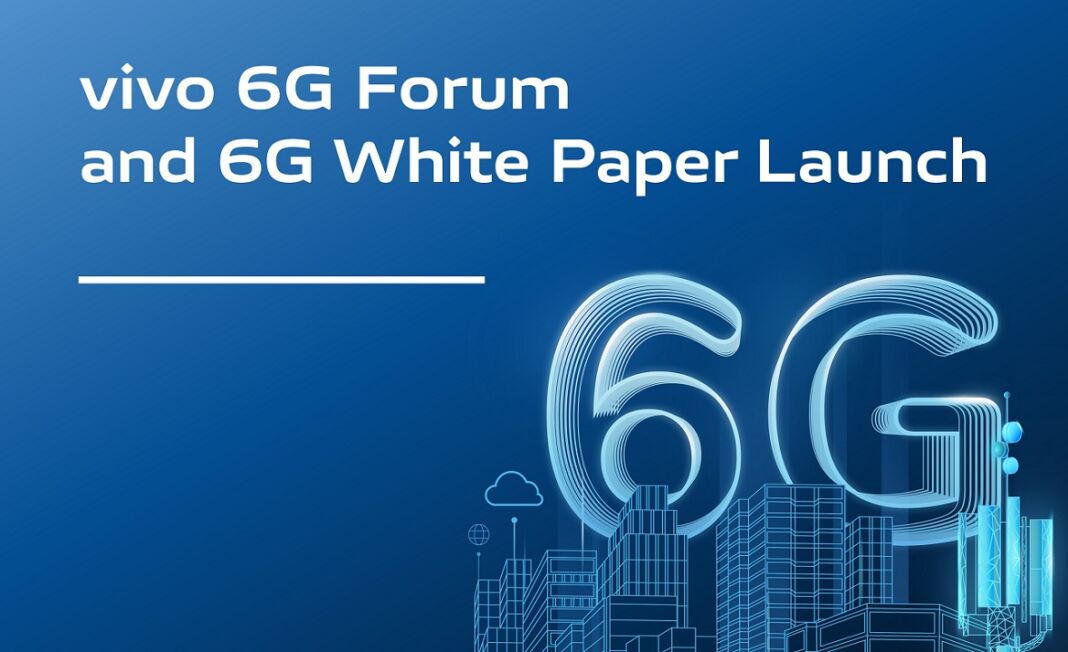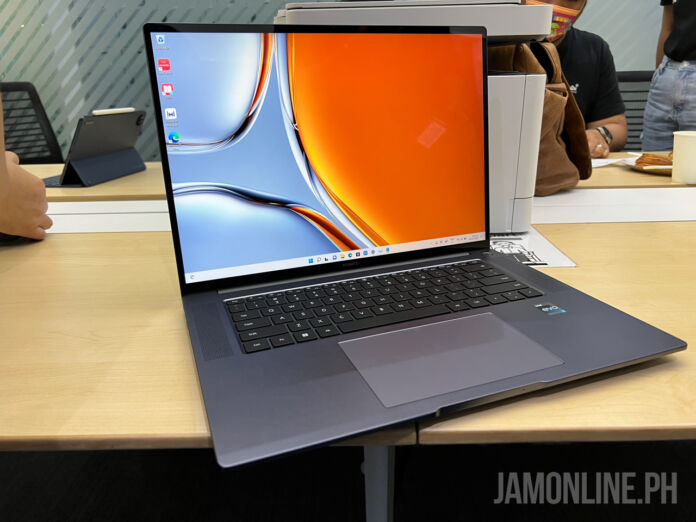vivo released its third 6G white paper, exploring its framework and enabling technologies that can shape people’s lives beyond 2030.
According to the “Building a Freely Connected Physical and Digital Integrated World: 6G Services, Capabilities and Enabling Technologies” report that vivo Communications Research Institute released, the brand is now set on the future, which is to make 6G possible.
In addition, vivo also explained that they are now exploring 6G capabilities and what technologies they need to develop to get there.

In case you missed it, the vivo Communications Research Institute has been actively contributing to shaping the future of 6G with in-depth analysis and evaluation of 6G business models and drivers, application scenarios, system architecture, and enabling technologies.
WHAT TO EXPECT
The white paper claimed that 6G could provide super communication, information, and converged computing services, becoming a base for an interconnected and linked physical and digital world.
Moreover, an integrated 6G network will not only connect humans to humans, but it will also connect humans to machines and machines to machines. This might result in hundreds of billions of devices connected by 2030.
“6G will allow us to bring the next generation of connectivity into every aspect of people’s lives. It will integrate more access technologies, cover a larger physical space, and provide better core capabilities, supporting more services,” said Rakesh Tamrakar, 5G Standard Expert at vivo. “By seamlessly connecting industries, transportation, workspace, and homes, 6G will contribute greatly to society – from the democratization of professional talent to the enhancement of emergency and disaster response.”
6G will expand essential telecom services to support entirely new experiences, such as immersive mixed reality and holographic and multi-sensory communication. 6G mobile data connectivity services will continue to improve in capacity, data rate, latency, reliability, and many other aspects. This will broaden the range of customers and increase the value of services, with more end-to-end flexibility and adaptability to meet the needs of individuals and industries.
WHAT ARE THE ENABLING TECHNOLOGIES?
New network functions need to be introduced to support the new 6G services and achieve integration of sensing and communication. Furthermore, 6G will converge mobile network and computing, cross-domain data interaction, and native AI network. Therefore, it requires a brand-new system architecture design.
6G native AI would improve network and air interface efficiency, enhance system flexibility and reduce cost. Meanwhile, the introduction of an end-to-end cross-layer data plane is essential to support intelligent and basic information services. Moreover, extremely low-power communication reduces the barrier to terminal access, enabling ubiquitous connectivity.
Currently, the Multiple-Input Multiple-Output (MIMO) evolution, Reconfigurable Intelligent Surface (RIS) technology, and new waveforms are some exciting research areas, paving the way towards a more efficient and more flexible network that can support more application scenarios, and offer more advanced sensing functions.
Want to read more about vivo’s third 6G white paper? Visit this link to learn more.
















![HATASU Launches HATASUKILIG treats and deals! [PR Banner] HATASUKILIG Feb Ibig Campaign ()](https://jamonline.ph/wp-content/uploads/2024/02/PR-Banner-HATASUKILIG-Feb-Ibig-Campaign-1-218x150.jpeg)



